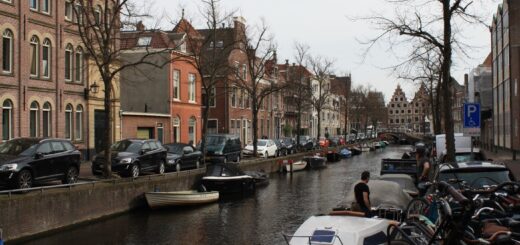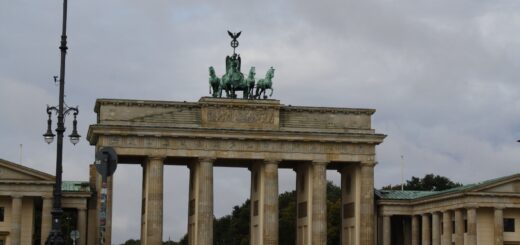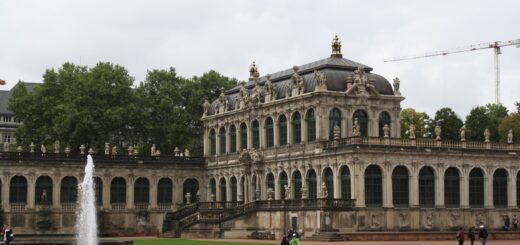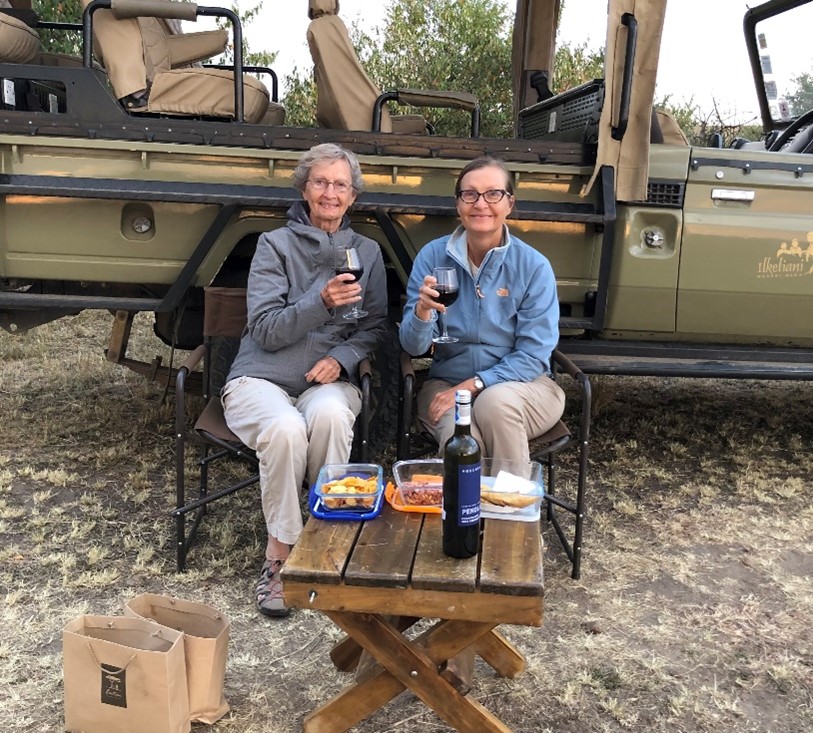Gibraltar
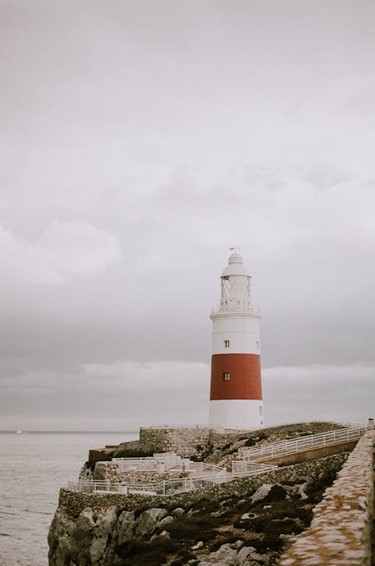
Travel Advice for Seniors: Gibraltar
Heading back to the coast after a tour through central Spain, we landed at Gibraltar for a glimpse of North Africa across the Strait of Gibraltar before the clouds rolled in.
Interestingly, Gibraltar is not actually part of Spain. It is part of the British Overseas Territories. It’s an important base for the Royal Navy and they have controlled the narrow entrance to the Mediterranean Sea from the Atlantic since 1713.
Ceuta, across the strait from Gibraltar is an autonomous city that is administered by Spain. There is passport control on both sides of the Strait.
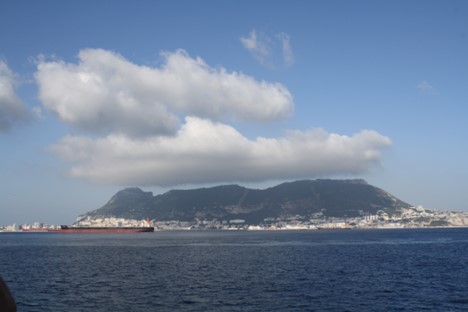
You don’t need a separate visa to visit Gibraltar or to cross over to Ceuta, but you will need your passport. When we made the crossing on a small group tour, they kept our passports on the Morocco side and gave them back to us when we crossed back again later in the day as it would’ve taken too long to run our group of about fifteen through. I didn’t feel very comfortable with this as I always keep my passport locked up or on my person, surrendering it to no one. But this was the only way, so be prepared if you are in a small group.
I’ve covered Ceuta in a different post on Morocco. But here’s more on Gibraltar:
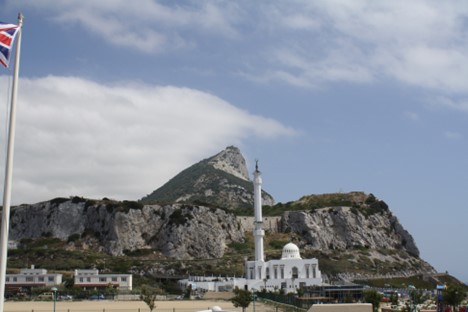
The Pillars of Hercules are two mountainous formations at the entrance to the Strait of Gibraltar. The northern Pillar, Calpe Mons, is part of the famous Rock of Gibraltar. The story goes that Hercules passed through here to take the cattle of Geryon (his tenth labor), and opened the strait, creating the pillars.
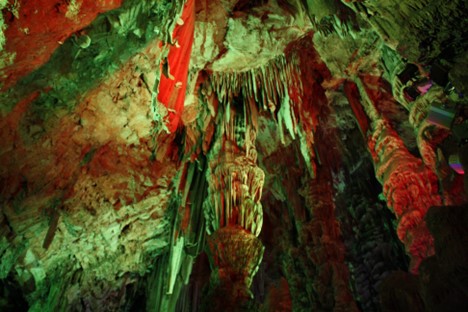
There are a few other sights at Gibraltar, one of which is St Michaels Cave. It is said that the Rock of Gibraltar was linked to Africa by a subterranean passage through which came the famous macaque monkeys that can be found on Gibraltar. The cave is one of more than 150 caves inside the Rock of Gibraltar. It’s worth a look to see the enormous caverns that are filled with stalactites and stalagmites, lit up with spectacular color. Main part of the cave is not accessible.
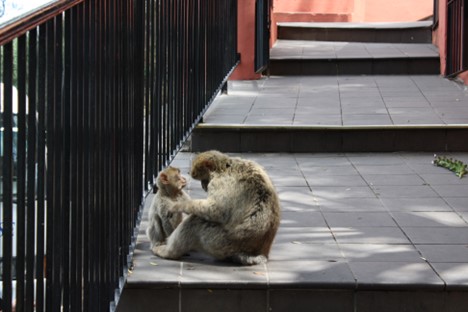
A population of around 230 Barbary Macaque monkeys live on the British Overseas Territory side of Gibraltar. These are the only free-living monkeys in Europe and have been a regular sight on the Rock of Gibraltar since the early days of the British Garrison. A local vet service cares for them and feeds them.
After a brief stop, we left Gibraltar and made our way up the Costa del Sol with its many beaches, picturesque, whitewashed houses and majestic cliffs, on the way to our next stop, the luxury beach paradise of Marbella. We did not get to see much of Marbella as we took a ferry across to Morocco the next day. However, there are several parks, plazas and beaches to explore and plenty of good people watching! We didn’t see any celebrities that we recognized, but apparently it is a hang out for the well to do.
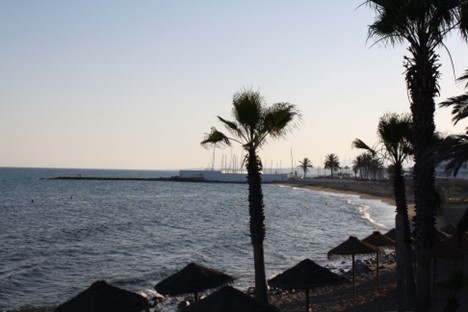
Where we stayed: Hotel Pricesa Playa in Marbella. Nice accommodation, breakfast included. Conveniently located. Accessible with accessible rooms.
How we got there: After a stop at Gibraltar, it was about a 2.5-hour drive from Seville to Marbella. This was part of a 14-day small group tour through Spain, starting in Madrid and ending in Barcelona.
General Accessibility Information: See notes above. Major tourist sights, newer hotels, transportation in most major cities are accessible. Visitors can get accessibility support and information through Spain Is Accessible. Call in advance to verify and make specialty arrangements. See our sections on specialty apps and accessible travel for more on accessibility assistance.

